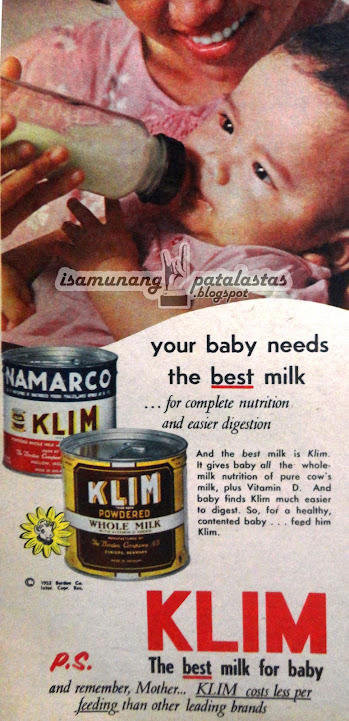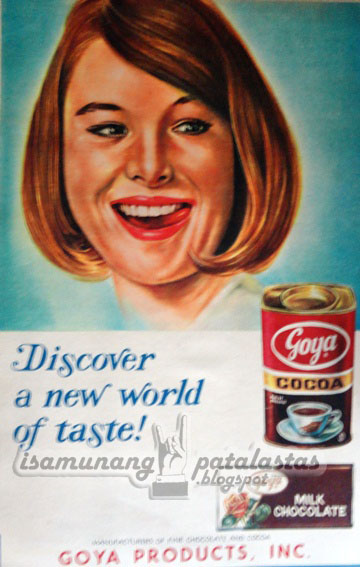Heroine Maria
Orosa, a food scientist, is credited
with inventing the more affordable banana catsup, but it took Magdalo
Francisco to develop it into a successful commercial enterprise with his “Mafran”
banana catsup brand in 1942. In 1954, another catsup brand was introduced by Neri
Papa—PAPA Banana Catsup, under his Papa Food Products Corp.
PAPA
Banana Catsup was developed
using a steaming process that conserved vitamins, blended with native spices
that included Philippine labuyo. The new condiment became a national
favorite for over 2 decades, eclipsing Mafran
and Jufran, moreso when it was promoted as the catsup “chosen
to match the famous” MAX’s Fried Chicken”. This was probably one
of the early examples of marketing cross-promotion
But by
the 1980s, the condiment market had changed dramatically with the rise of
major players like the Universal Food Corp. (UFC) that was established
in 1960 by the combined forces of the Franciscos and their financiers, Datu-Reyeses
(founder of the Datu Puti food business).
One of their flagship brands was UFC Tamis Anghang
Banana Catsup, launched in 1969. In early 1980s, Francisco left the
company and assigned the PAPA
brand and trademark to Hernan Datu Reyes, who registered the mark in
1983 for use on banana catsup, chili sauce, achara, banana chips, and other
local products. In 2002, Barrio Fiesta Mfg. Corp. attempted to use the mark “Papa
Boy & Device” for its products, but was sued by UFC Corp.
Barrio
Fiesta lost but won
the case in an appeal. The case was elevated to the Supreme Court which upheld
an earlier decision of the Intellectual Property Office, thus finally rejecting
Barrio Fiesta’s use of “Papa Boy & Device” for its products.
Eventually,
the PAPA brand would be acquired by and assigned major companies in
succession: Acres & Acres Food, Inc., Southeast Asia Food, Inc.,
Heinz-UFC Philippines, Inc.. Today, UFC and all its brands have all
been consolidated by the giant food conglomerate , Nutri-Asia.
Hernan Datu-Reyes established the HDR Foods
Corp. with pioneering products under the Mother’s Best brand,
including the top-selling
Mother's Best Hot Sauce (chili), Barbecue Marinade, Toyomansi, and Patismansi, all original Filipino inventions of the owner.




























